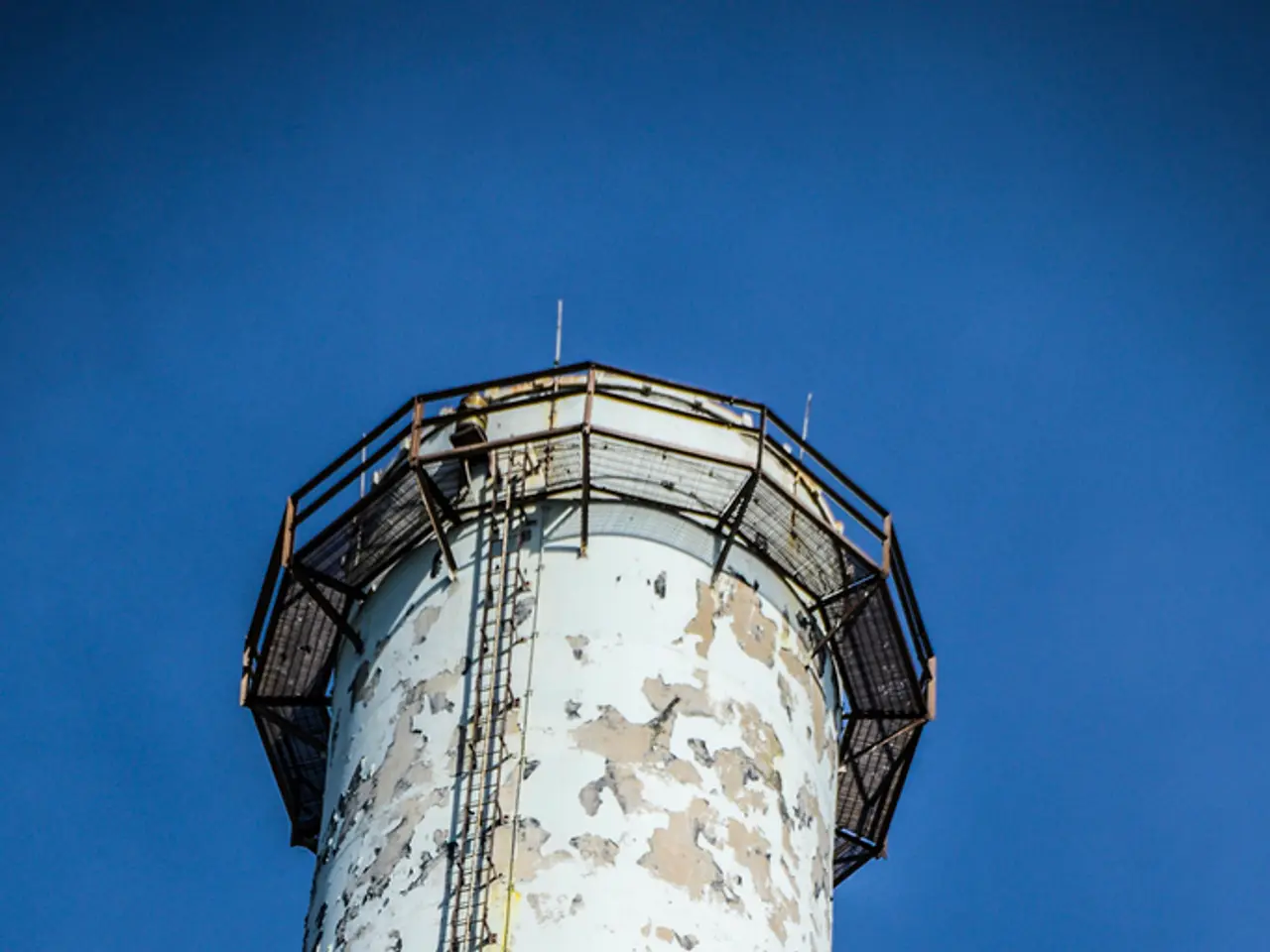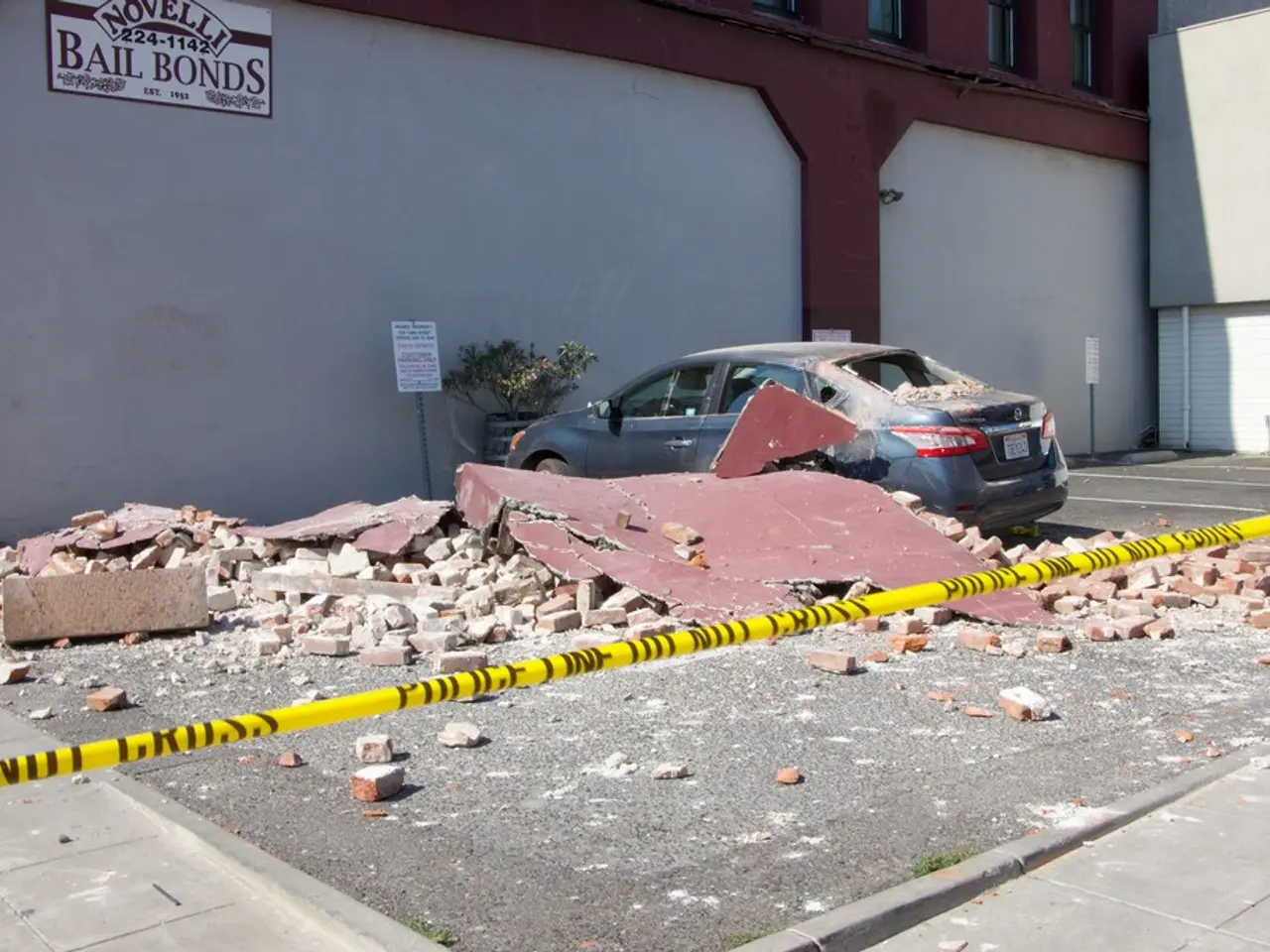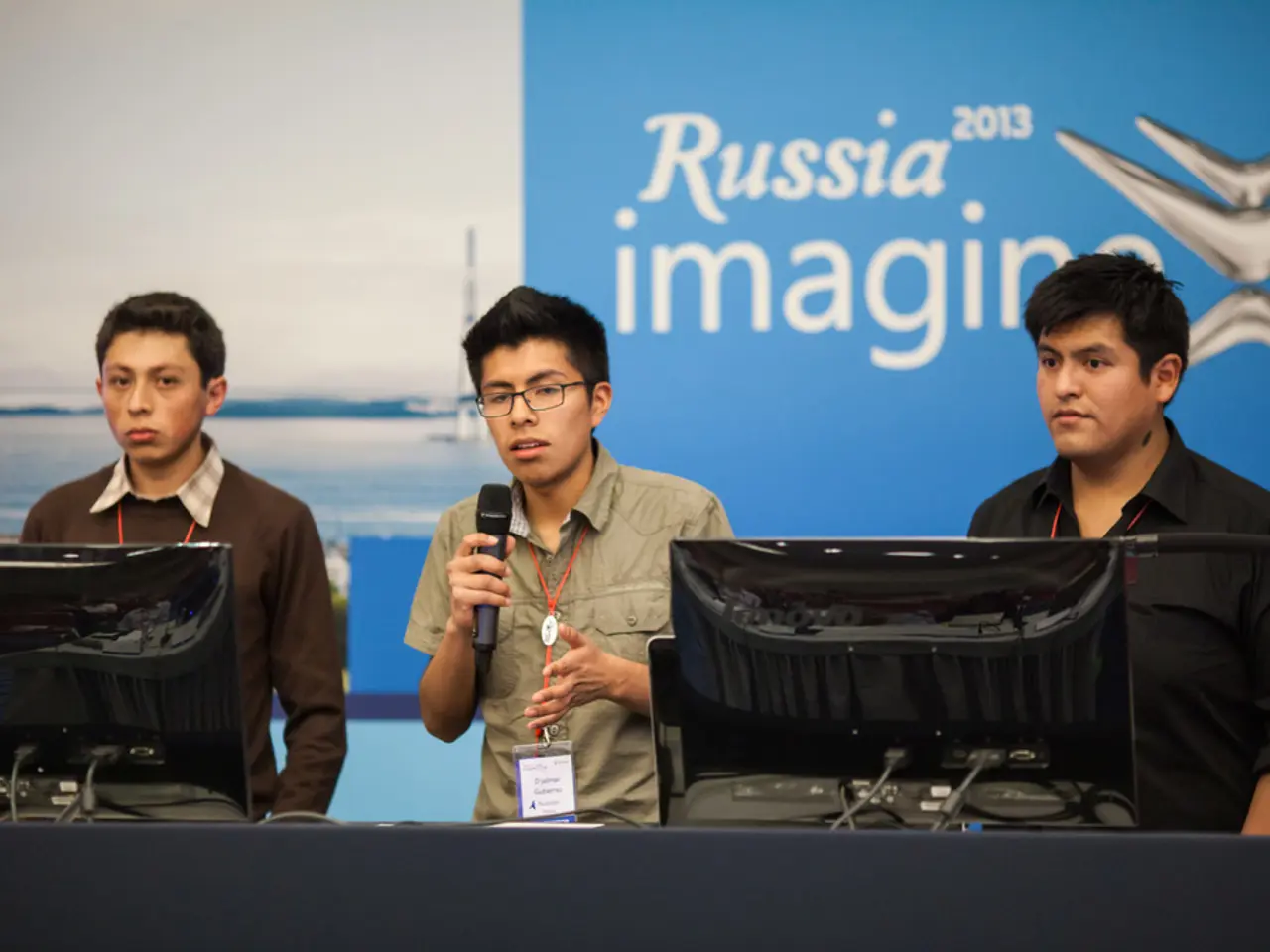Iran's pursuit of natural gas expansion encounters formidable geopolitical challenges.
Iran, home to the world's second-largest natural gas reserves, is currently grappling with significant energy shortages. The crisis, far from being a mere lack of resources, is rooted in a complex web of structural inefficiencies, mismanagement, economic distortions, environmental policies, and external geopolitical constraints.
The demand for gas has been so high that it has led to the closure of some institutions and public facilities in Iran this winter. The country's natural gas shortages reached up to 300 million cubic meters of gas a day, according to experts.
Many of Iran’s refineries, power plants, and gas storage facilities operate below capacity due to age and lack of investment. Around 40% of natural gas and electricity is lost during production and transmission because of antiquated networks and inadequate maintenance.
Iran’s system of heavily subsidized energy prices encourages excessive domestic consumption and widespread fuel smuggling. Approximately 20% of Iran’s daily petroleum production is smuggled out to neighbouring countries where prices and profit margins are higher, severely reducing domestic supply and causing shortages.
Control of key energy sectors by the Islamic Revolutionary Guard Corps (IRGC) has hindered efficient management and strategic planning. The regime’s prioritization of political interests over infrastructure development and efficient management exacerbates the crisis.
Recent bans on using low-quality mazut (heavy fuel oil) in power plants, motivated by health and environmental concerns, have further strained fuel supplies to power plants, leading to rationing and scheduled power cuts in major cities like Tehran.
International sanctions and geopolitical tensions limit Iran's ability to fully capitalize on its resources and to modernize infrastructure effectively, contributing indirectly to supply constraints. Extreme weather events, such as cold snaps or heatwaves, spike energy demand sharply, leading to shortages and blackouts as supply cannot keep up.
Despite these challenges, Iran has been optimistic about the possibility of dropping temperatures that could put Europe in a deep freeze, allowing Tehran to benefit from its natural-gas reserves. However, partnerships with Total, the China National Petroleum Company (CNPC), and Russia to develop its gas fields have not yielded the expected results, with companies withdrawing from projects due to various reasons.
The future of Iran's energy sector hinges on overcoming these challenges. Building new drilling platforms in South Pars, Iran's largest gas field, would cost $25 billion and take five years to see results. Iran's energy minister, Javid Oji, has announced plans to create the energy market, citing relief for consumers and increased locally produced products to inject into the pipeline network.
However, the path forward is not without controversy. Iranian energy officials have criticised the administration of President Ebrahim Raisi for lacking an understanding of energy protection, energy diplomacy, and energy transition, and for prioritizing prevention over long-term growth and financial welfare.
In the face of these challenges, Iran remains a net-importer of gas for over a decade, underscoring the urgency for sustainable solutions to its energy crisis.
[1] "Iran's energy woes: Why the Islamic Republic is struggling to meet its people's needs." The Diplomat, 2021. [2] "Iran's energy crisis: Why the Islamic Republic is struggling to meet its people's needs." The National Interest, 2021. [3] "Iran's energy crisis: Why the Islamic Republic is struggling to meet its people's needs." Foreign Policy, 2021. [4] "Iran's energy crisis: Why the Islamic Republic is struggling to meet its people's needs." The Washington Post, 2021.
- Iran's energy crisis, rooted in structural inefficiencies and environmental policies, has led to significant energy shortages, forcing the closure of institutions and public facilities, as well as rationing and scheduled power cuts in major cities.
- The demand for gas in Iran is so high that it exceeds domestic supply, leading to the loss of around 40% of natural gas and electricity during production and transmission due to antiquated networks and inadequate maintenance.
- The system of heavily subsidized energy prices in Iran encourages excessive domestic consumption and widespread fuel smuggling, with approximately 20% of Iran’s daily petroleum production being smuggled out to neighboring countries.
- The control of key energy sectors by the Islamic Revolutionary Guard Corps (IRGC) has hindered efficient management and strategic planning, with the regime's prioritization of political interests exacerbating the energy crisis.
- Iran's energy sector is challenged by international sanctions, geopolitical tensions, and the need for investment in infrastructure modernization, as well as the need for sustainable solutions to address climate change and environmental concerns.




